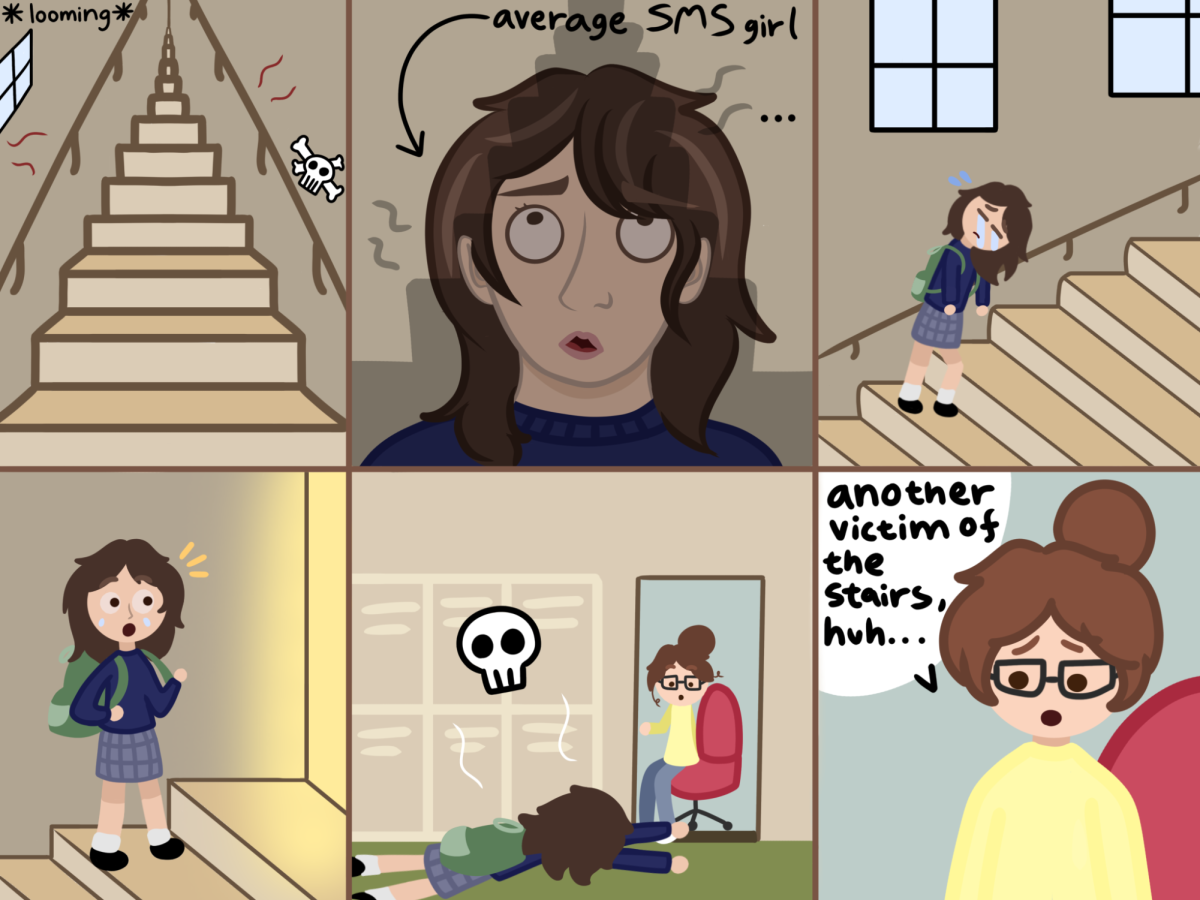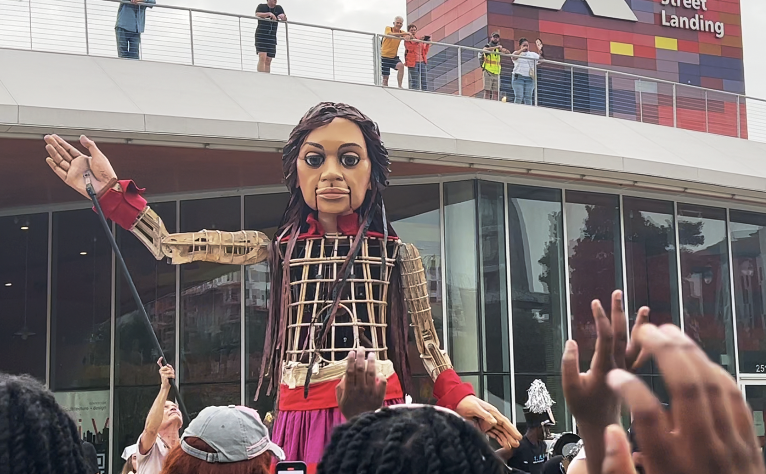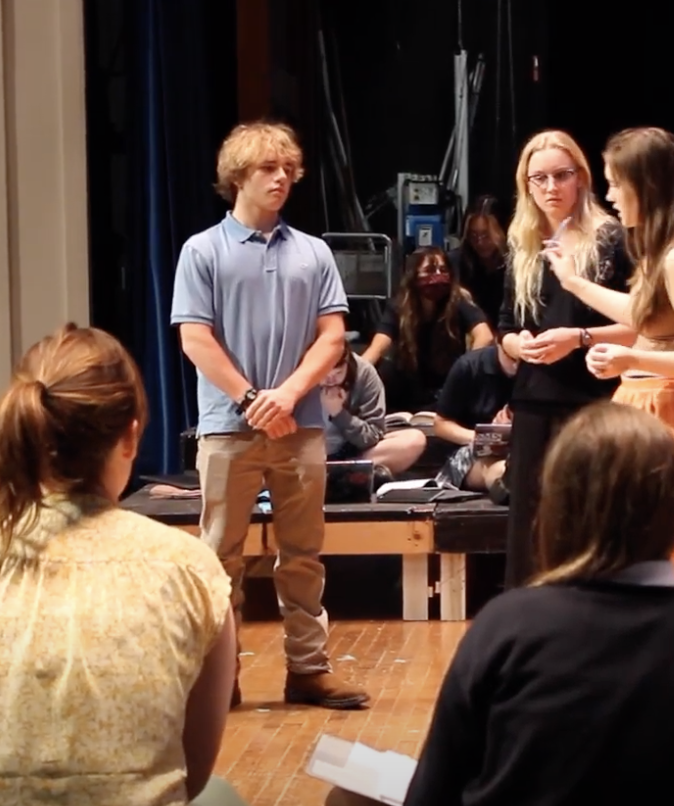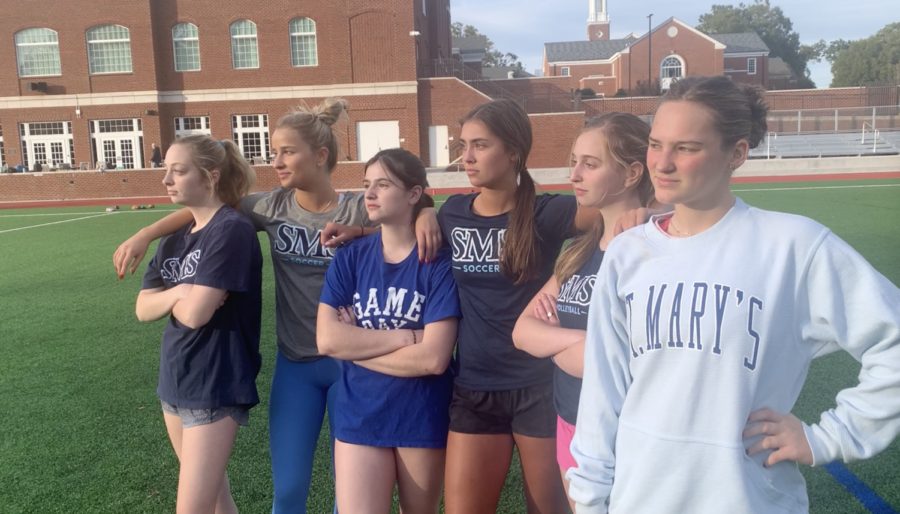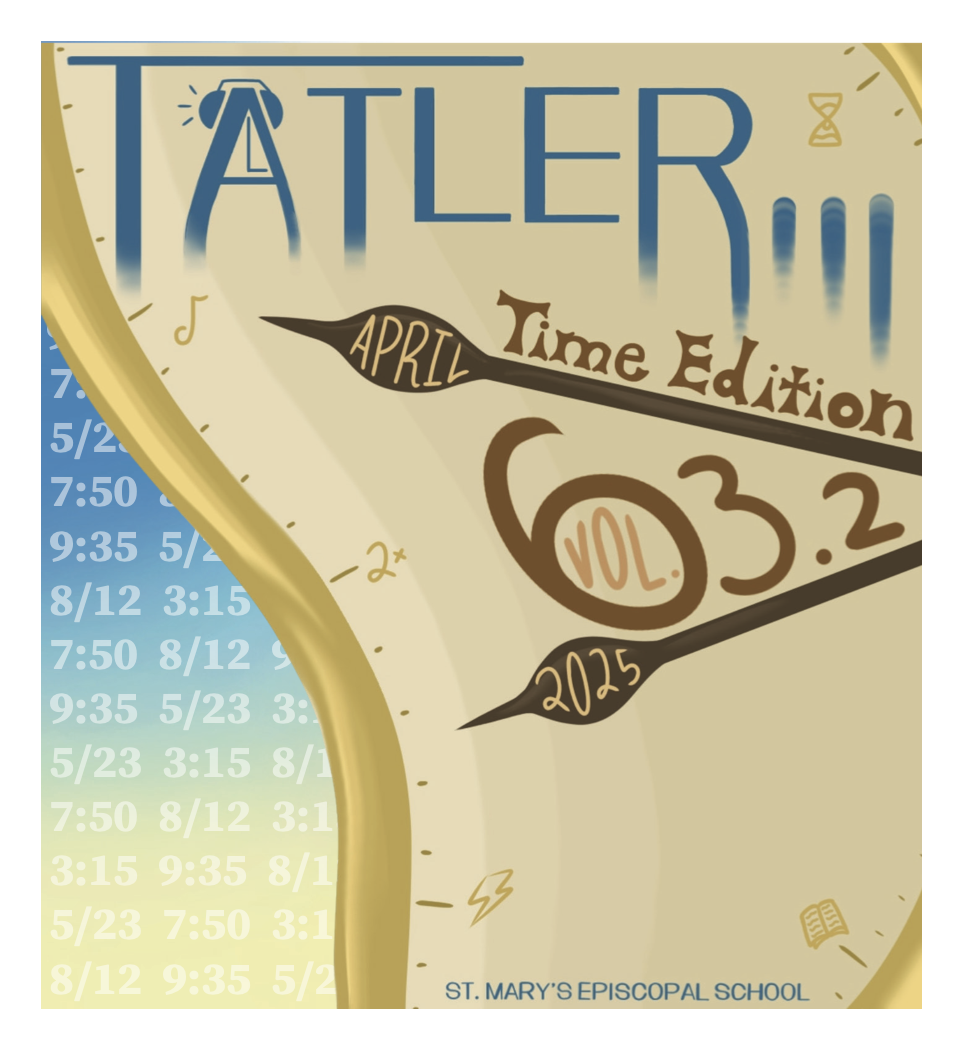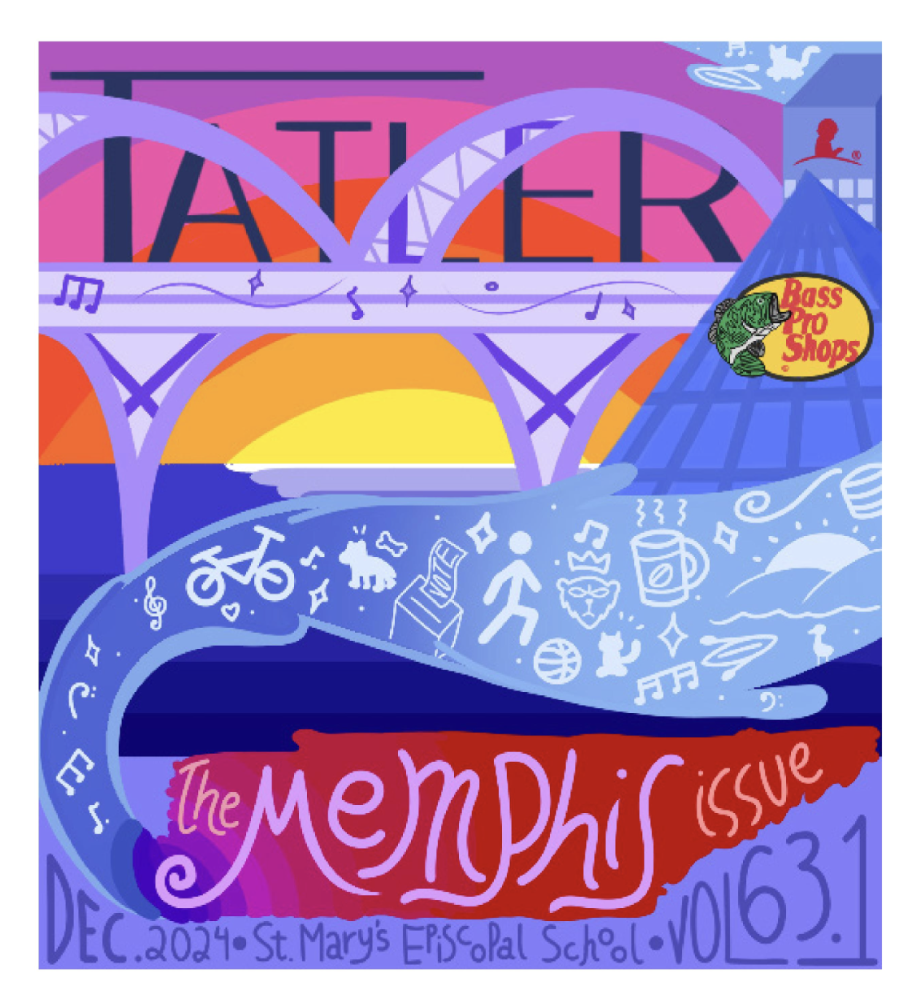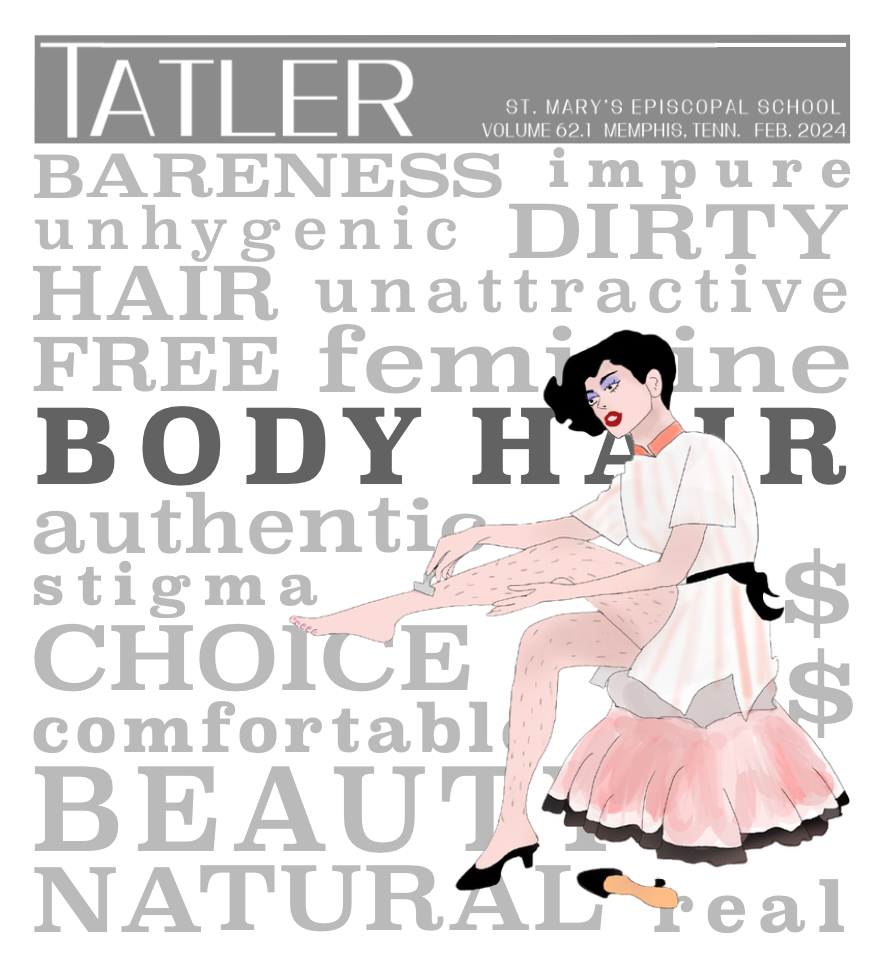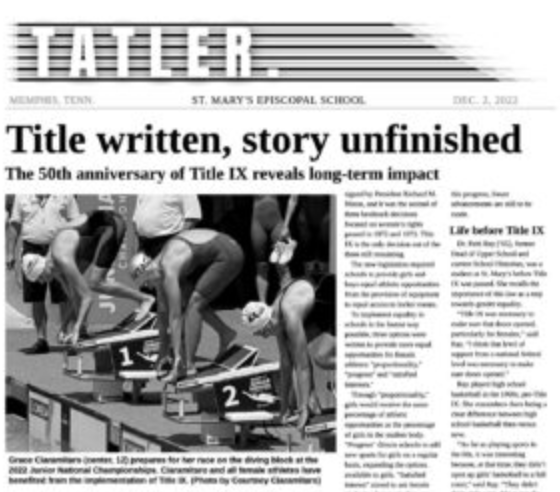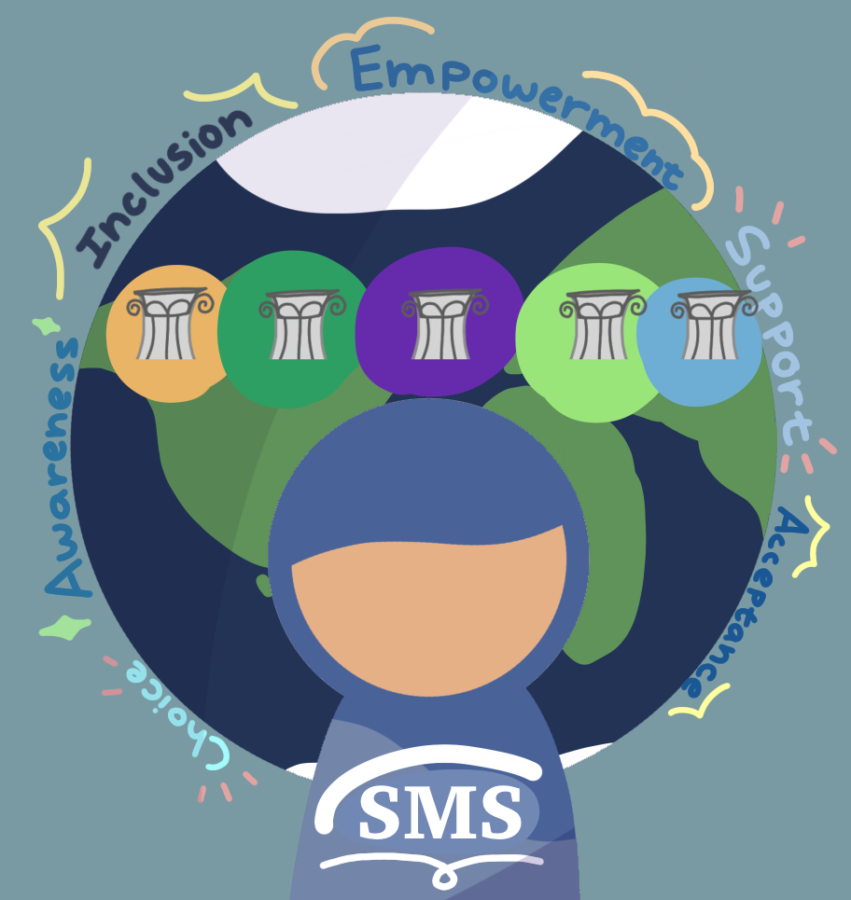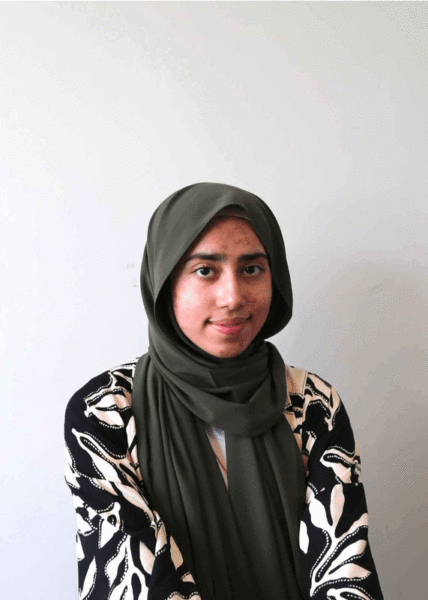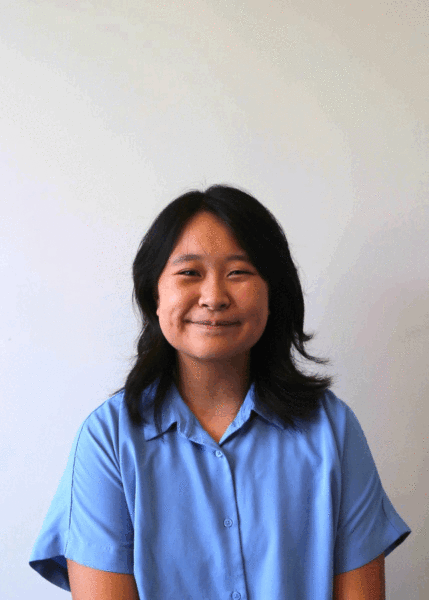Muslim students deserve representation, and now they’ll get it
With the new school year, Muslim students have started a new affinity group for Muslim students.
September 12, 2022
When I transferred to St. Mary’s in the fifth grade from a Muslim school, I became a part of a minority for the first time. No one knew why I fasted for a month or the reason behind my hijab that I started to wear in the seventh grade. In the beginning, I was eager to answer questions about my religion, but slowly, I became reluctant to keep answering the same questions over and over again.
In middle school, knowing about St. Mary’s affinity groups and sitting through Ramadan chapels made me feel that I, as a part of the school’s Muslim minority, was represented in the Upper School. But my experiences after entering freshman year and seeing behind the scenes of Ramadan chapel made me realize we still have a long way to go.
Last year, the MoSAic groups included only one religious group, the Jewish Student Association (JSA). The JSA conducted chapels, hosted Fireside Chats and food drives and put up educational posters.
I admire how they work together and bring awareness to other students about anti-Semitism, the Holocaust and their most important traditions.
We Muslim students did not have anything like that, and attempts to include Muslim students within the Asian Student Association (ASA) missed the essential differences between ethnicity and religion, making it harder for Muslim students to have their voices heard. When the ASA held a meeting, I could see the reluctance of my fellow Muslims to participate.
That was when I knew someone had to create a Muslim affinity group. We needed a place to address Islamophobia and the misconceptions of Muslim women and the hijab. We needed a safe environment in the school to talk to other Muslims and help educate others.
In May of last year, I formed the Association of Muslim Students with the help of Director of Belonging Ms. Shonda Wilson and my co-president Yusra Siddiq (10).
“I like the ASA,” Siddiq said. “But I want a specific group of us to talk about things pertaining to us.”
Siddiq and I are eager to educate our fellow students about traditions they may not understand.
“Whenever I speak about something like [religion], they become very quiet and do not know how to respond,” Siddiq said. “Whenever I talk about my hijab, I point at it because some do not know what the word for it is.”
We were represented by another affinity group. We were represented by a Ramadan chapel that was not even inclusive to all Muslims. We have had to work hard to make our voices heard. By creating a Muslim affinity group, Muslim students can be accurately represented and included.
“[The administration] think[s] that they cannot do anything and cannot help us, but just them supporting us and giving us a way to express ourselves helps us more than they realize,” Siddiq said. “They have the ability to empower us with chapel talks and a student alliance.”
My hope going forward is for people to know what a hijab is and why I wear it. My hope is that people will understand my religion without me having to repeat answers over and over again. These should not have to be my hopes, but they are, and having the Association of Muslim Students is getting us one step closer to achieving them.


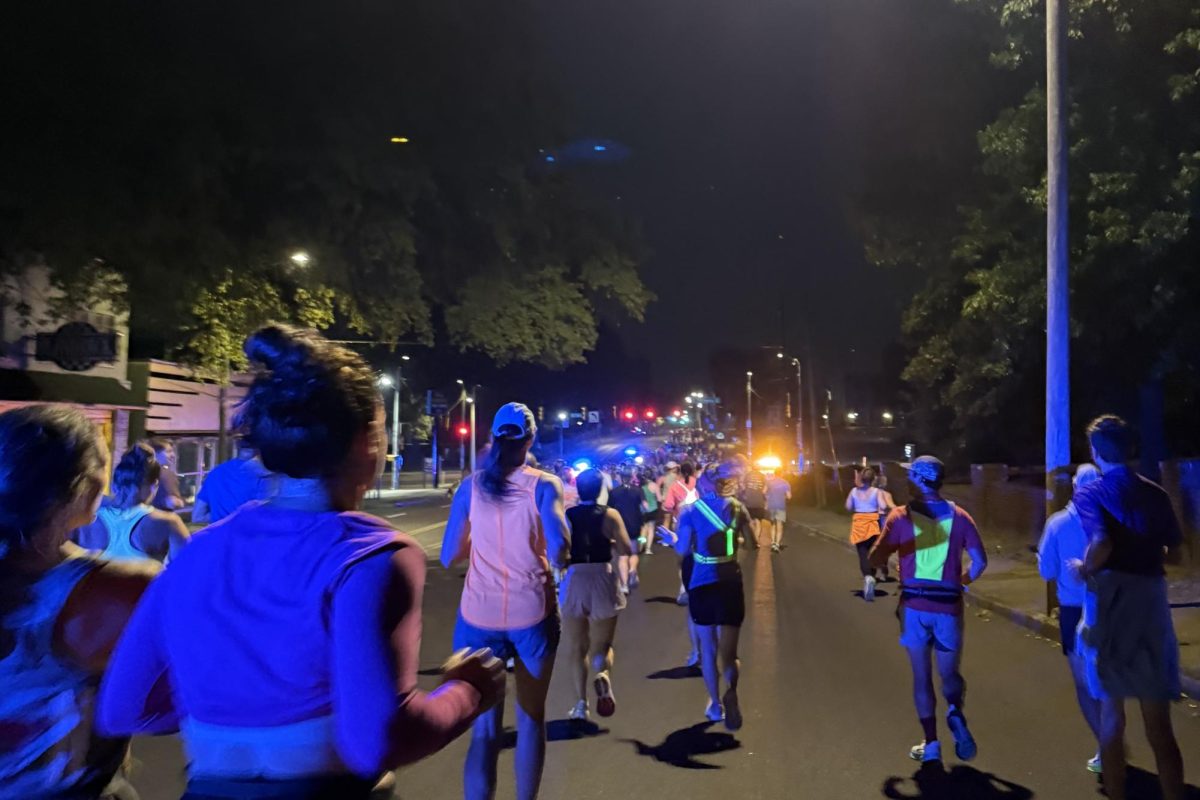

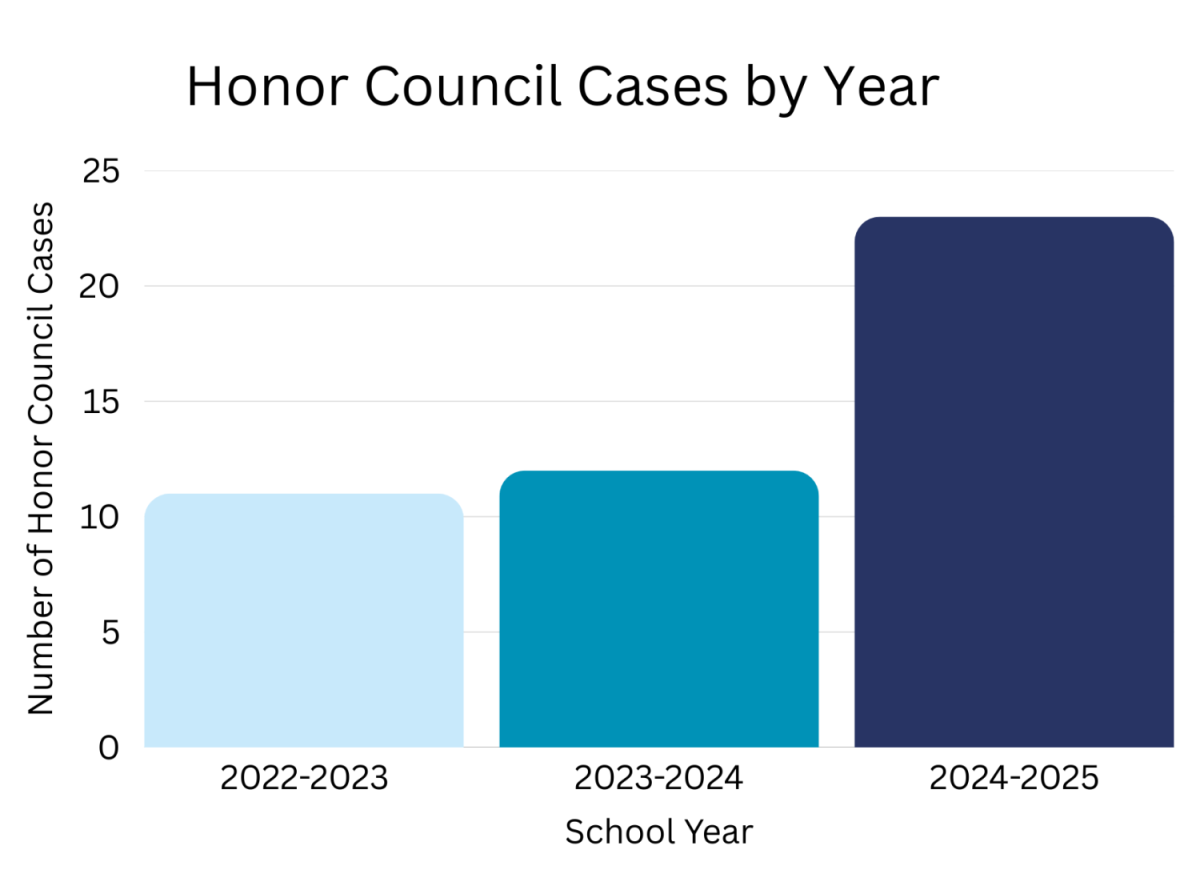
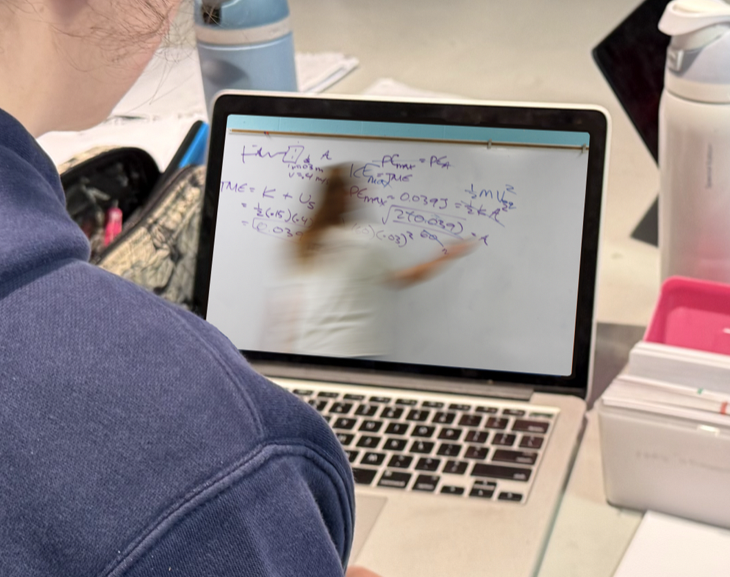



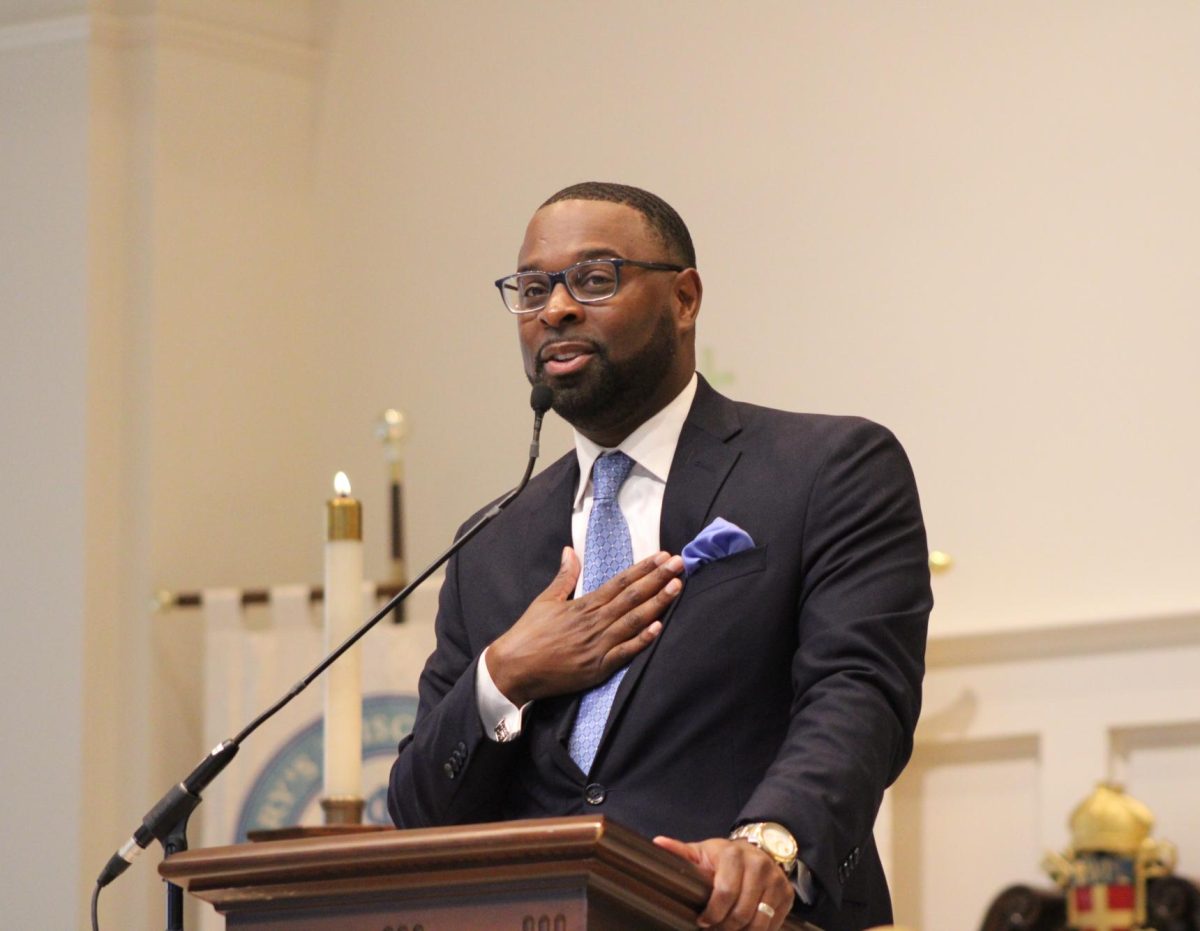
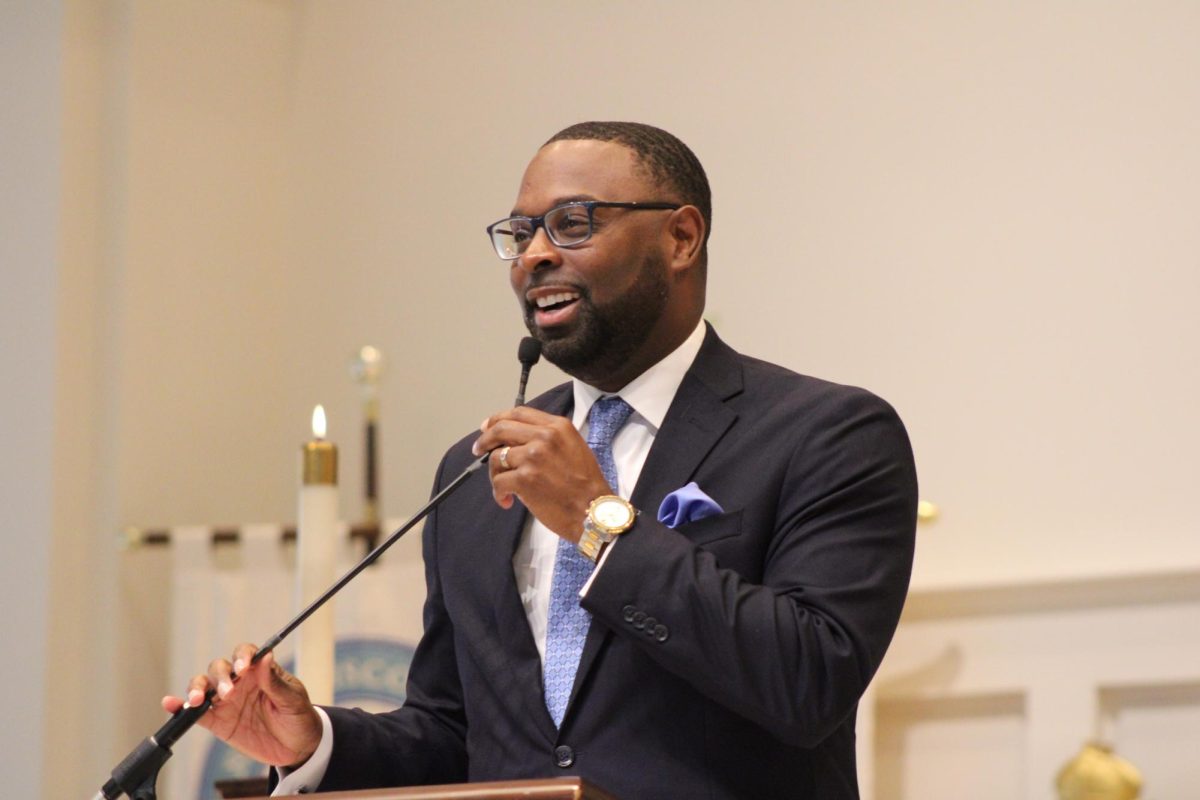




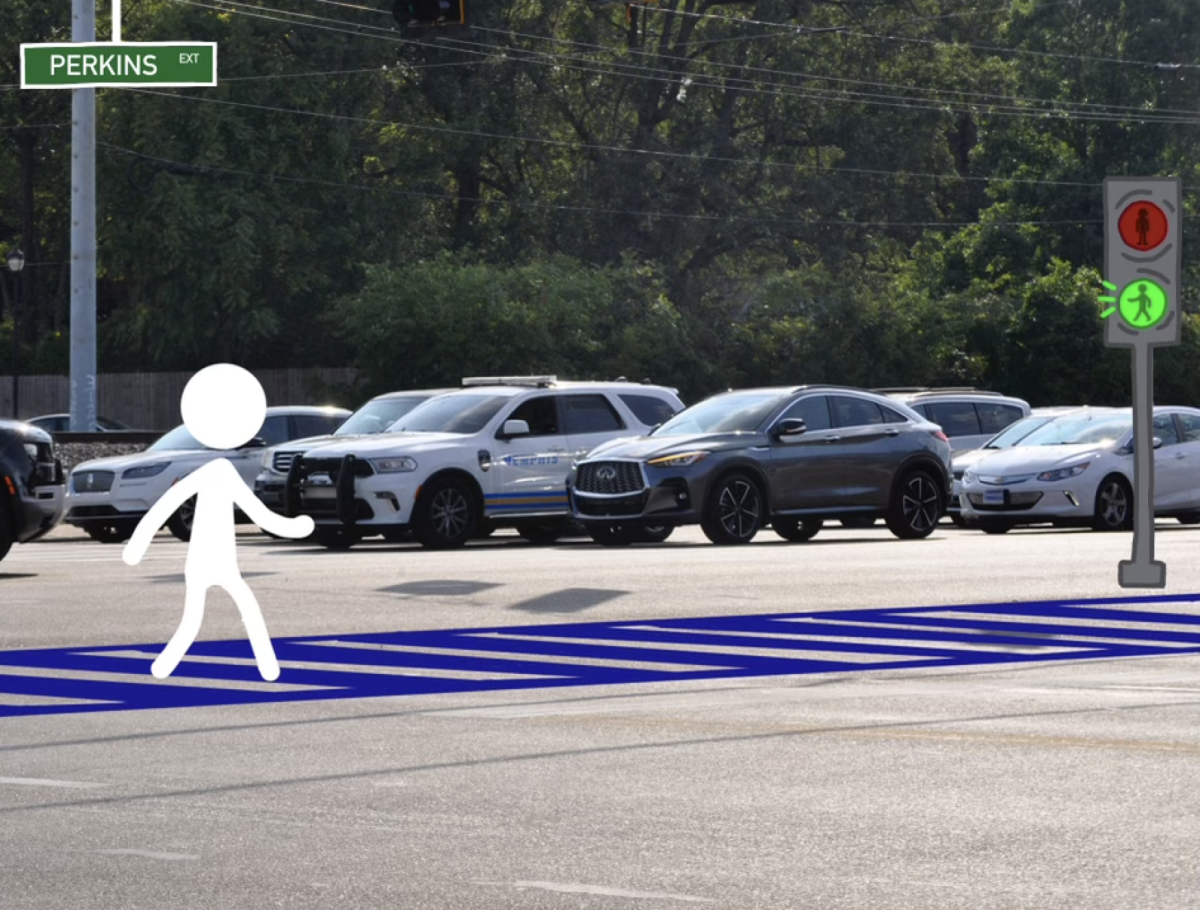
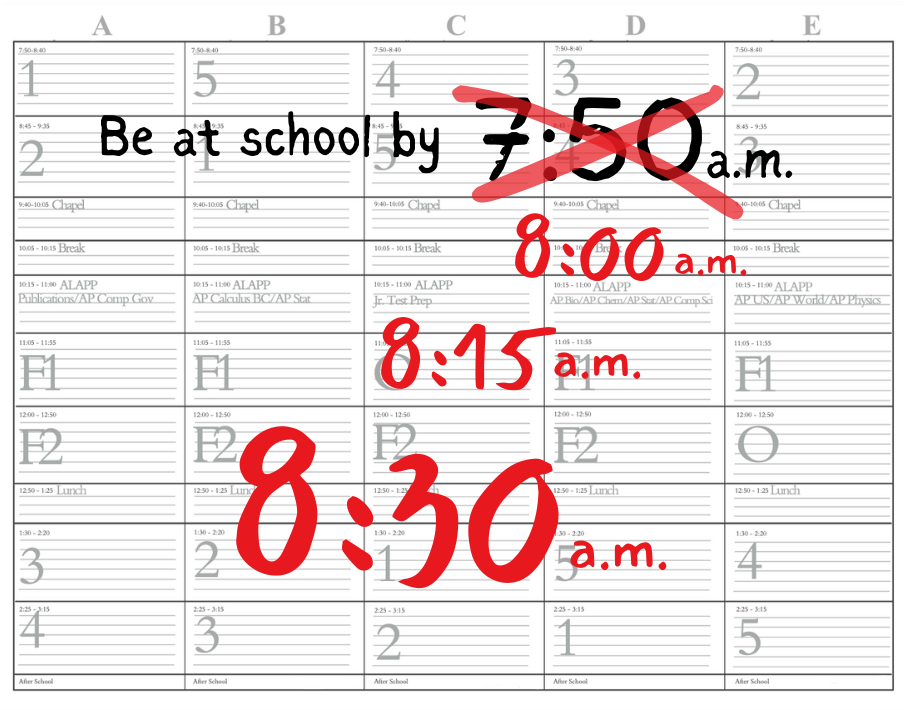


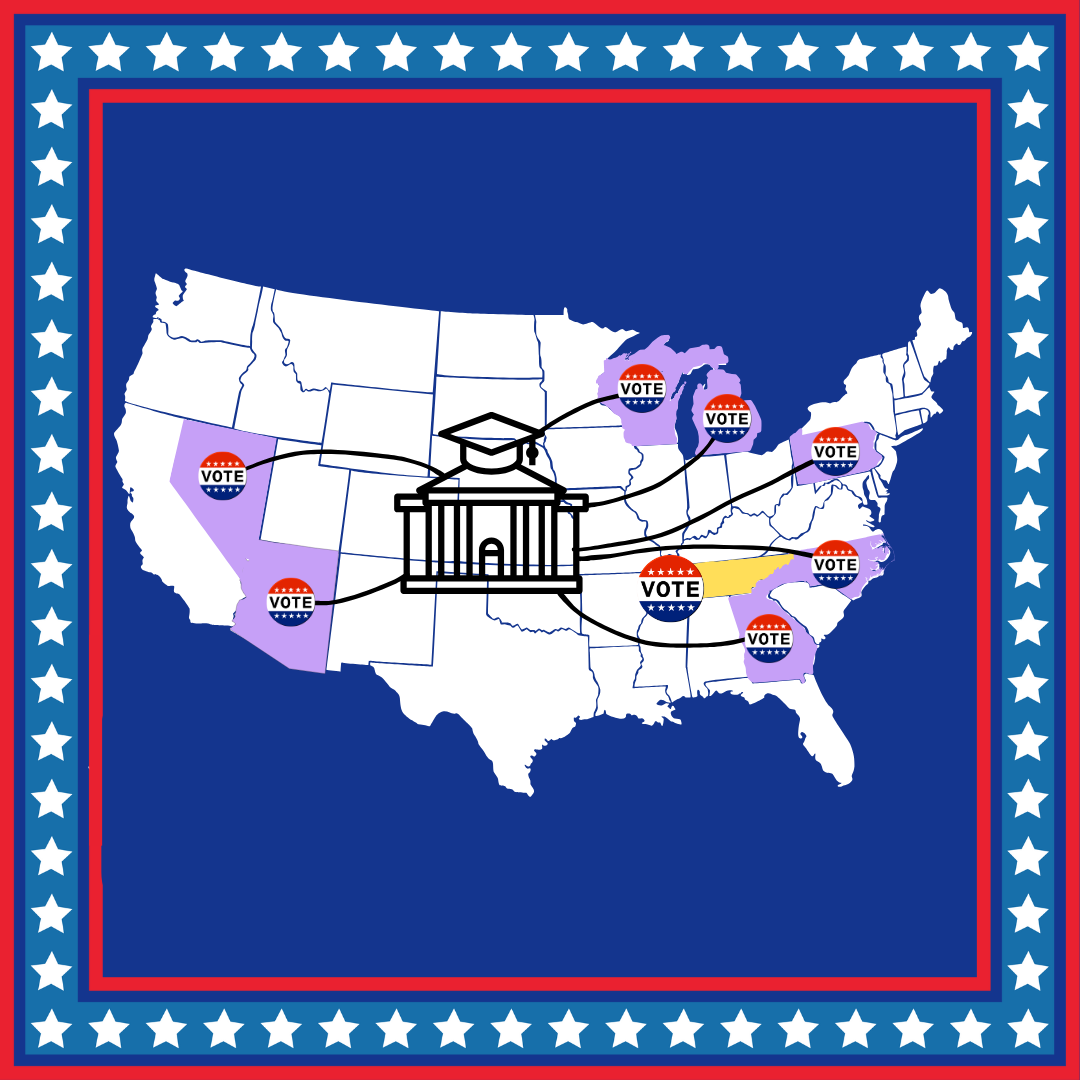
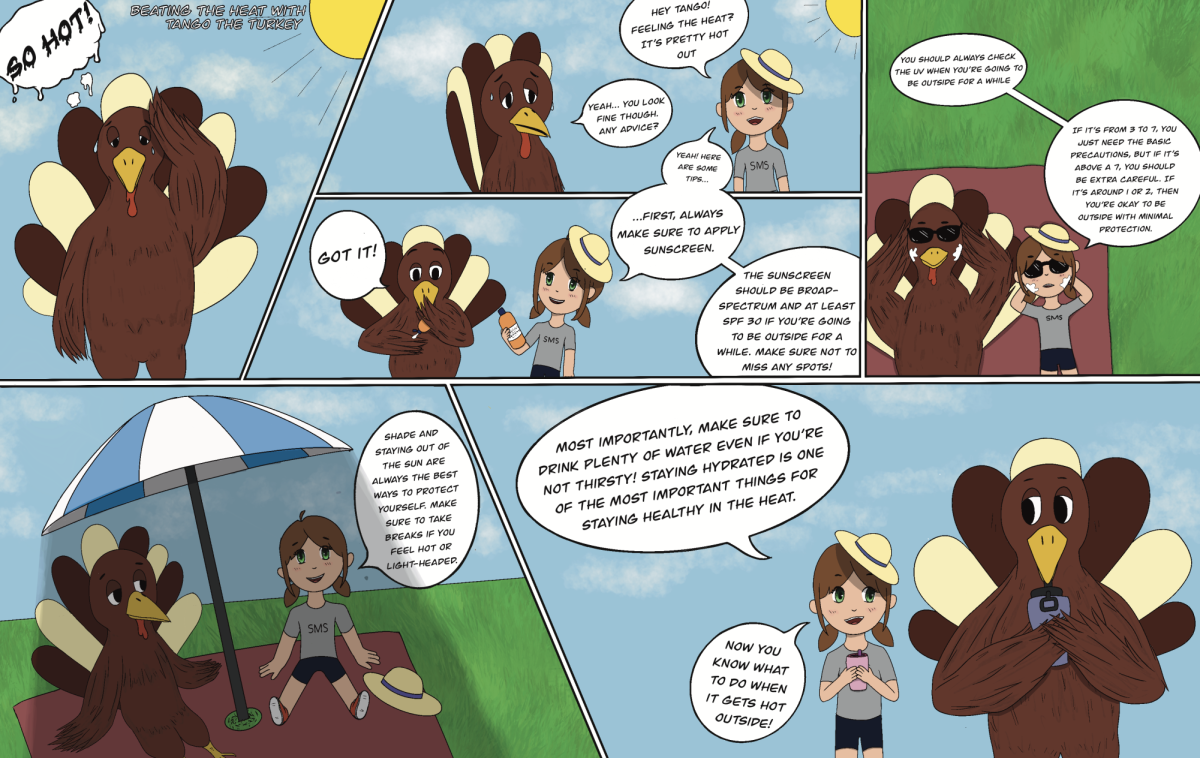

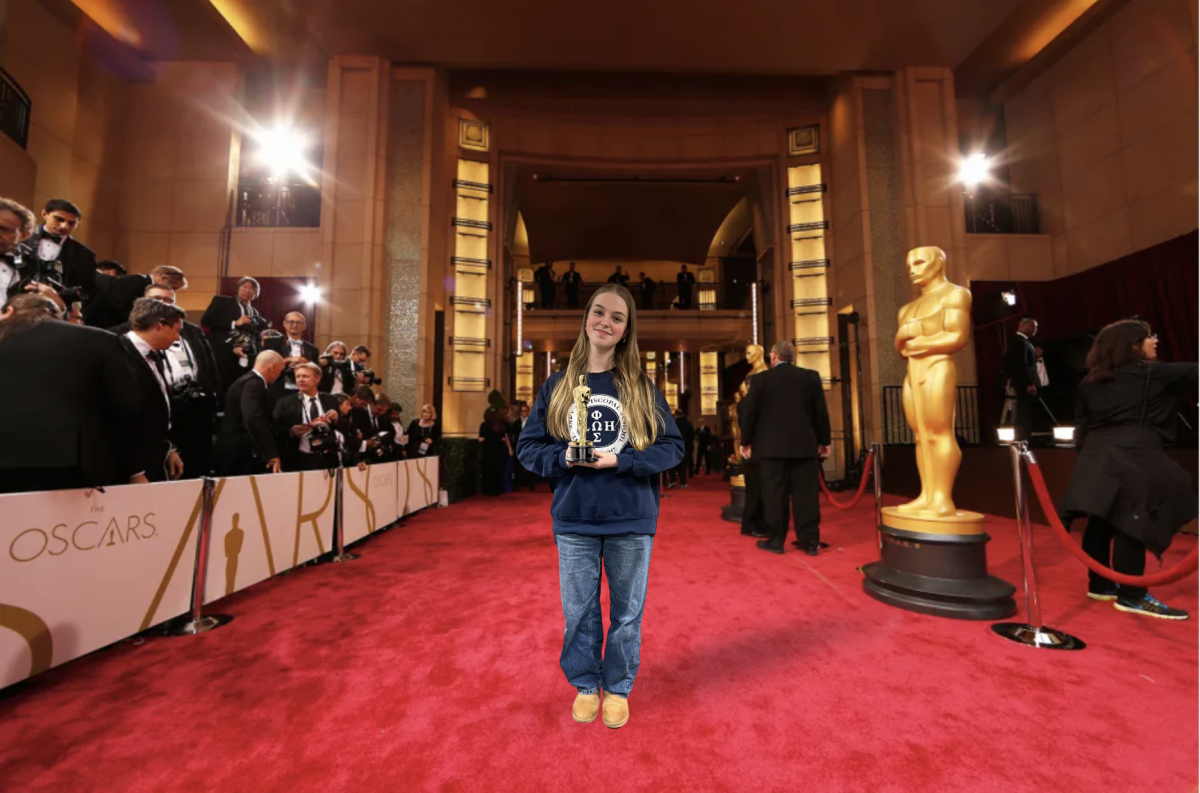
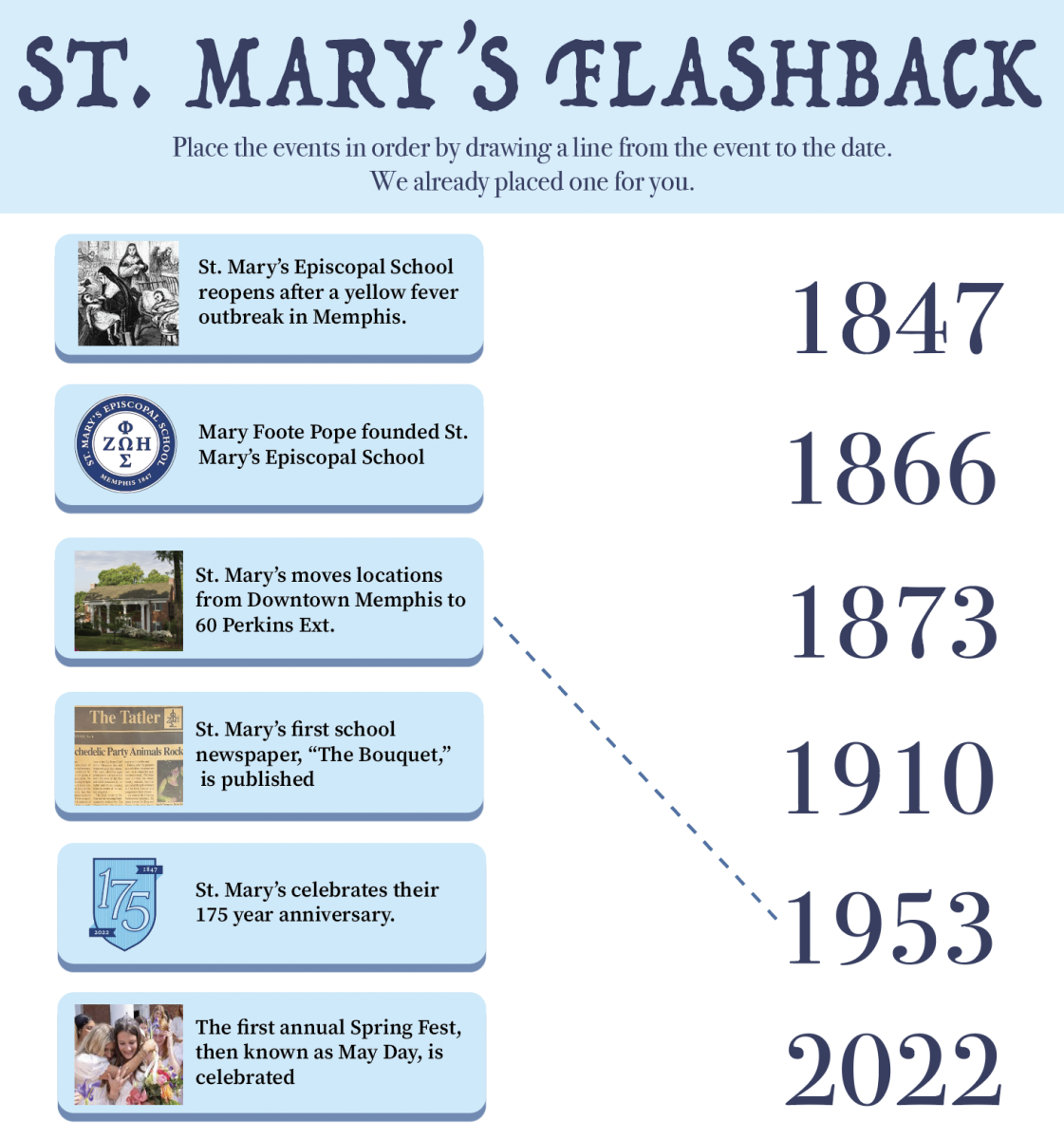

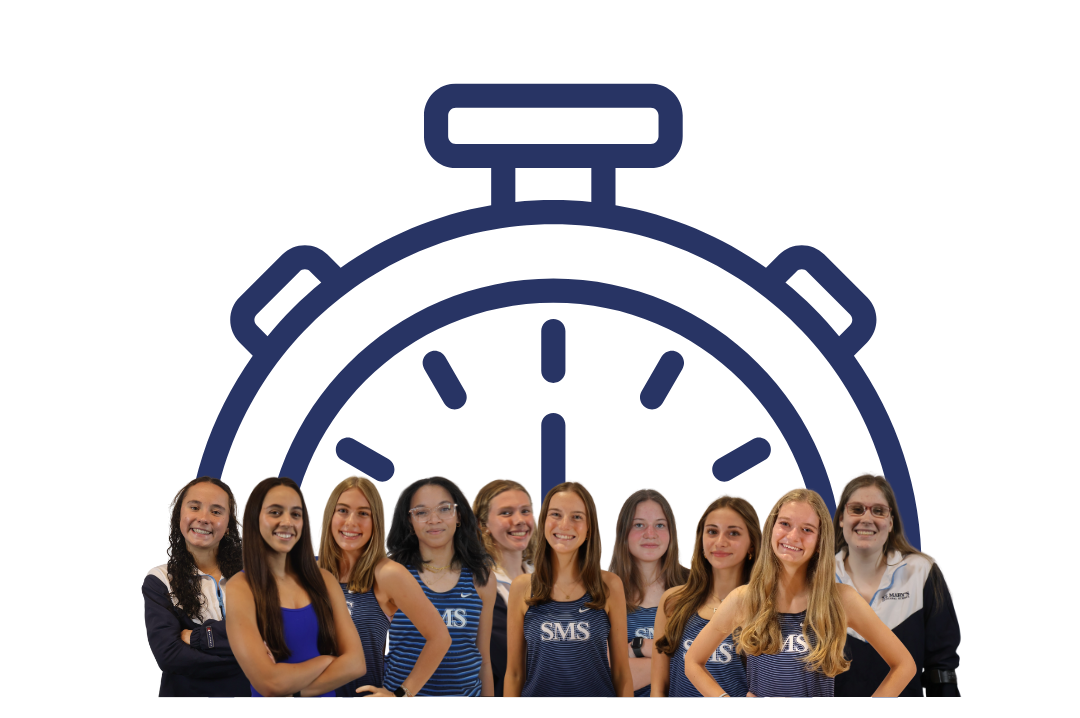
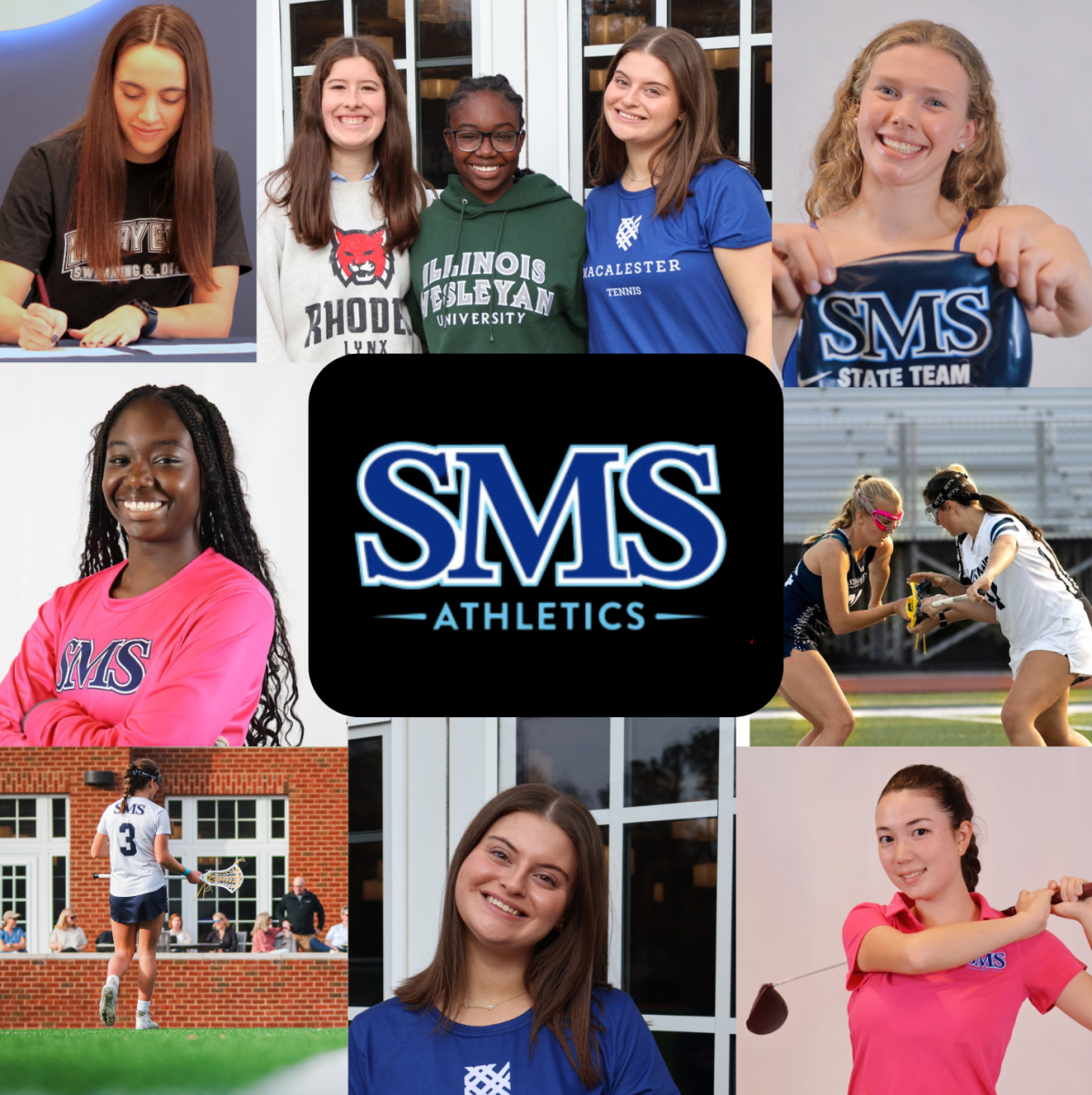
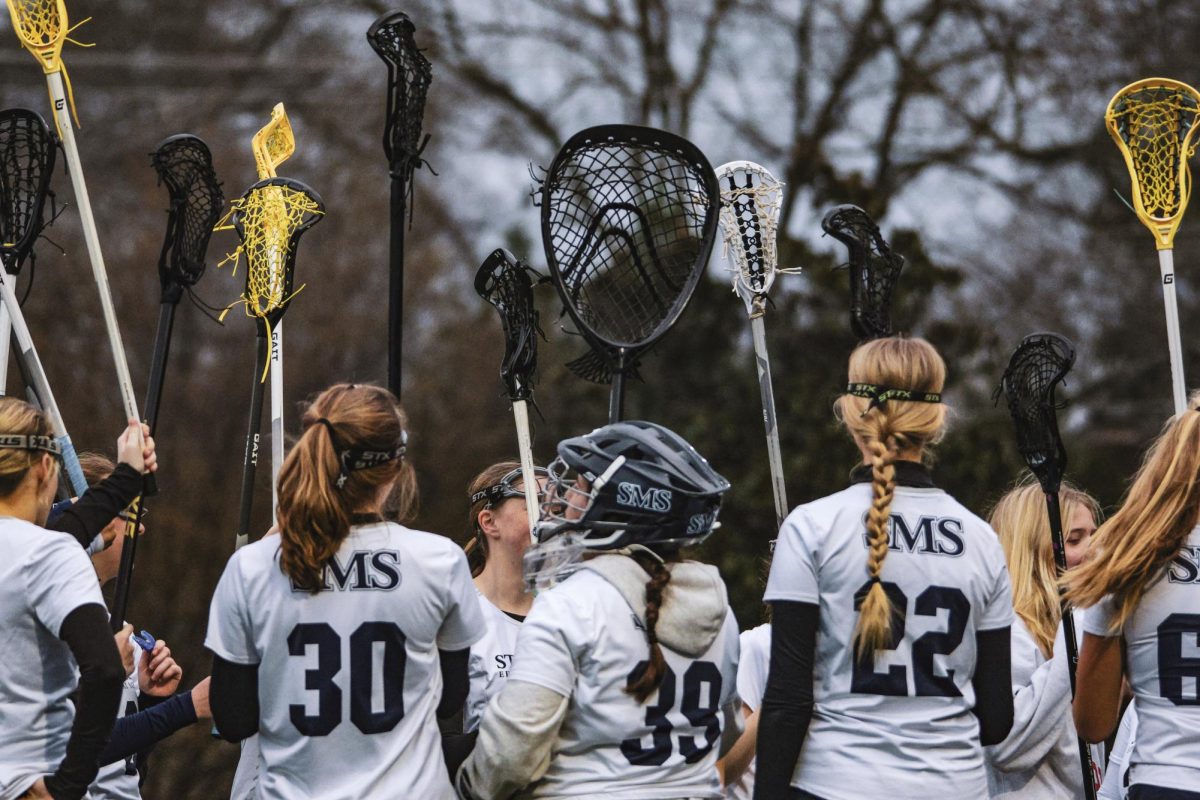
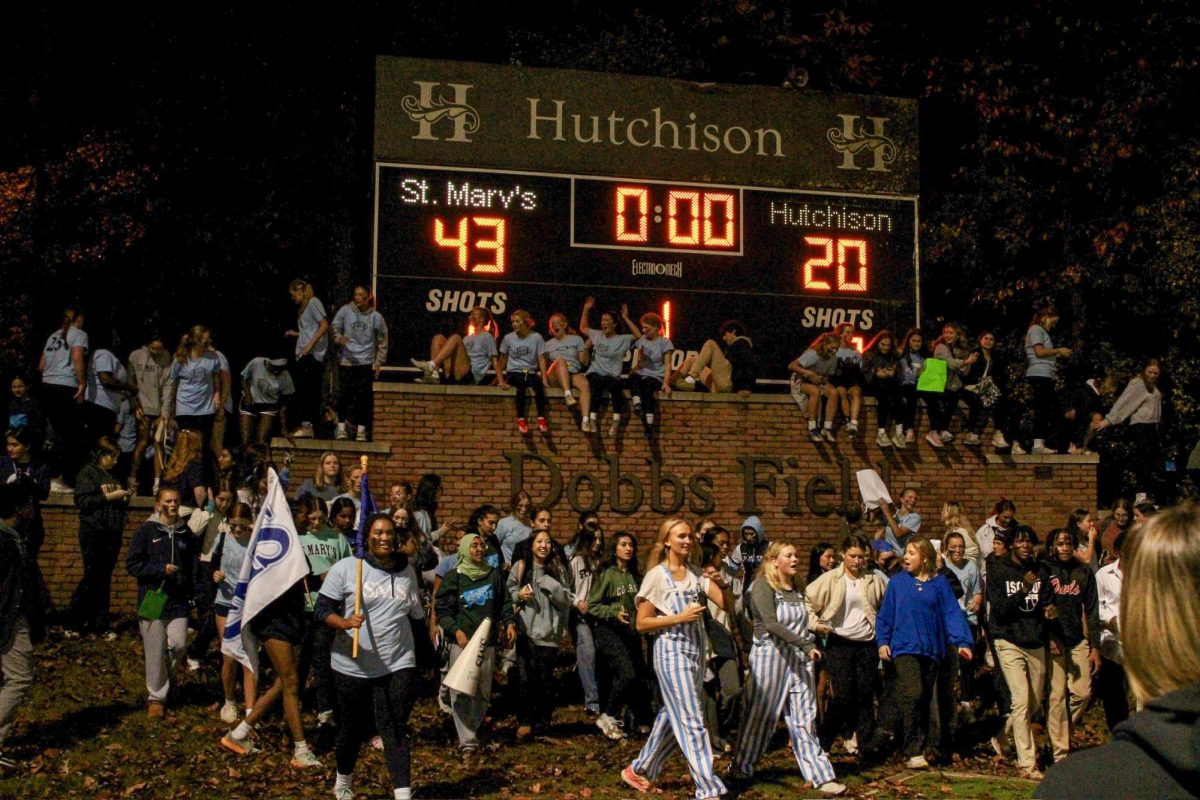
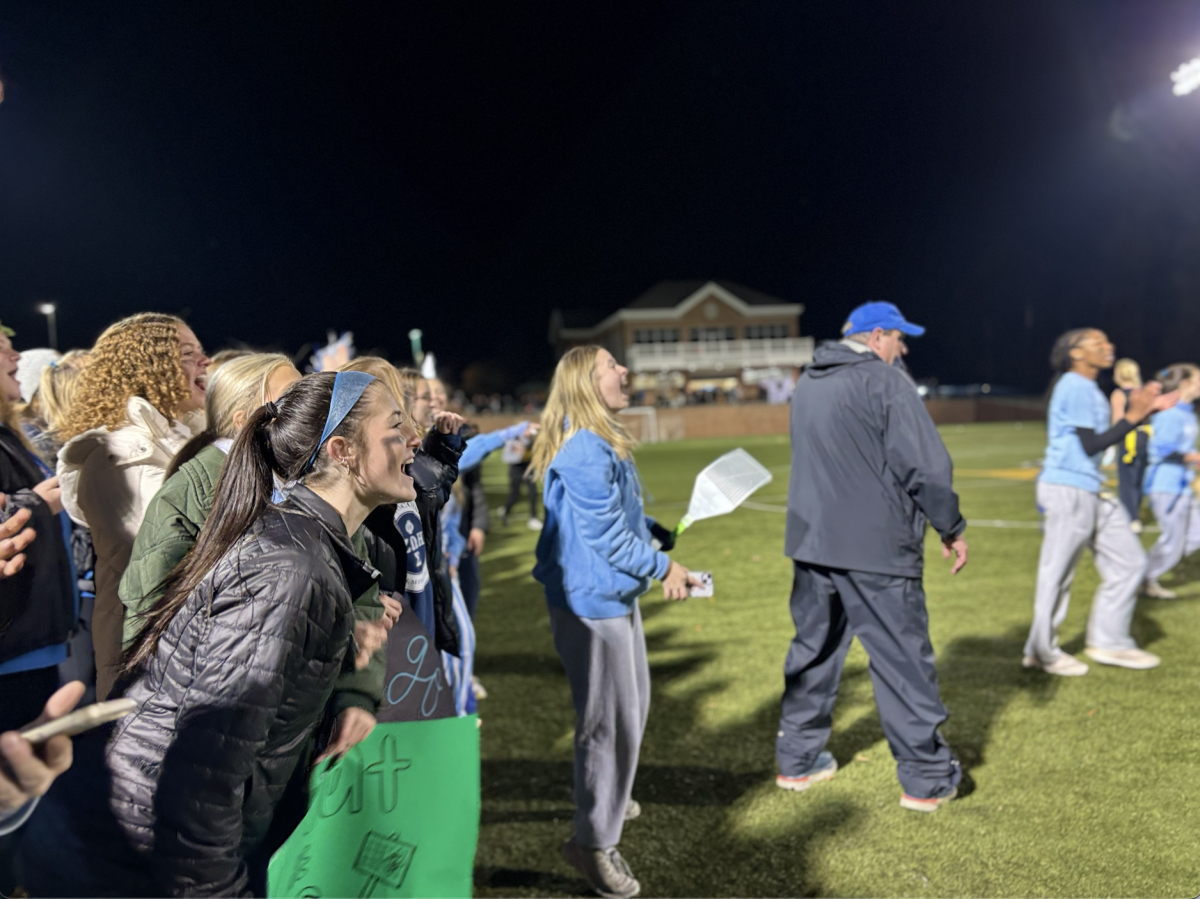
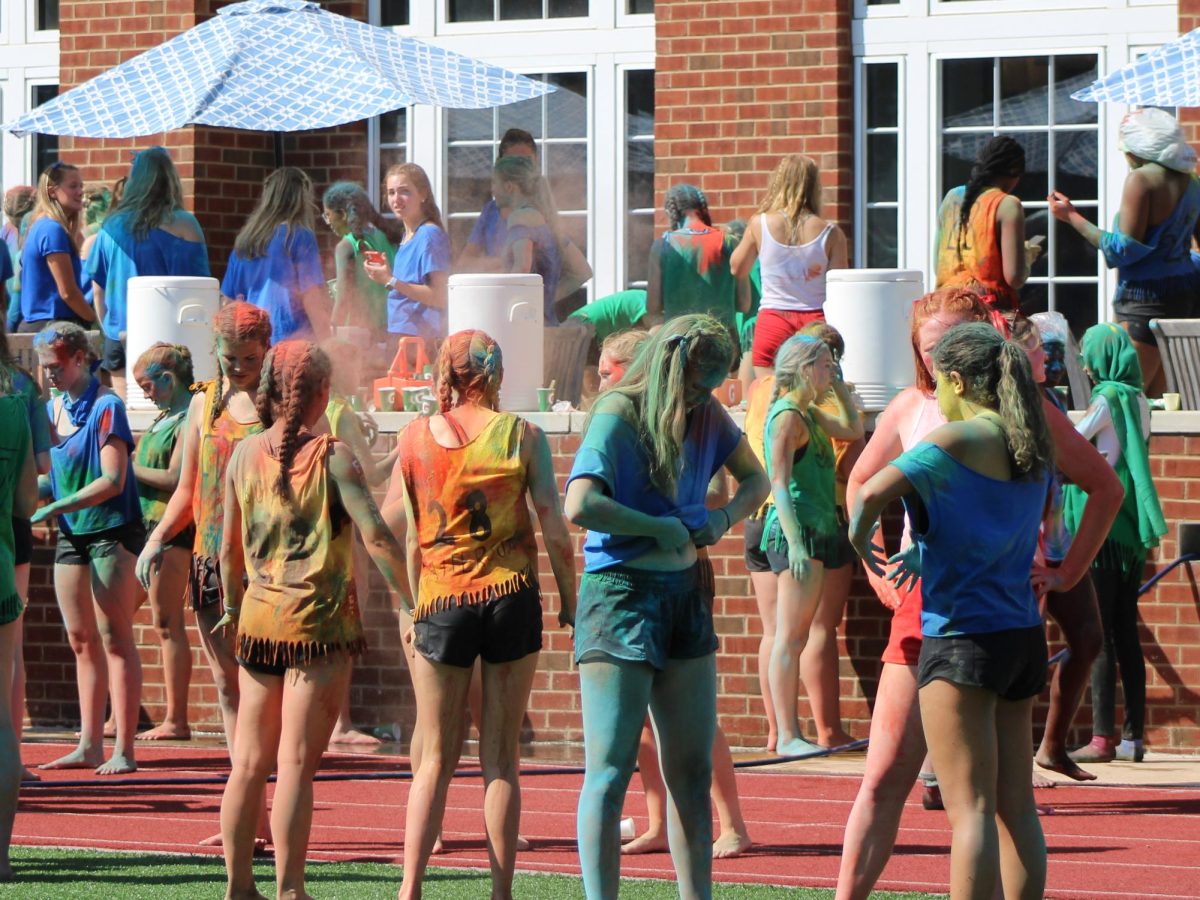
![[GALLERY] Walking in (Downtown) Memphis](https://stmarystatler.org/wp-content/uploads/2024/04/E1DAD3FE-E2CE-486F-8D1D-33D687B1613F_1_105_c.jpeg)
